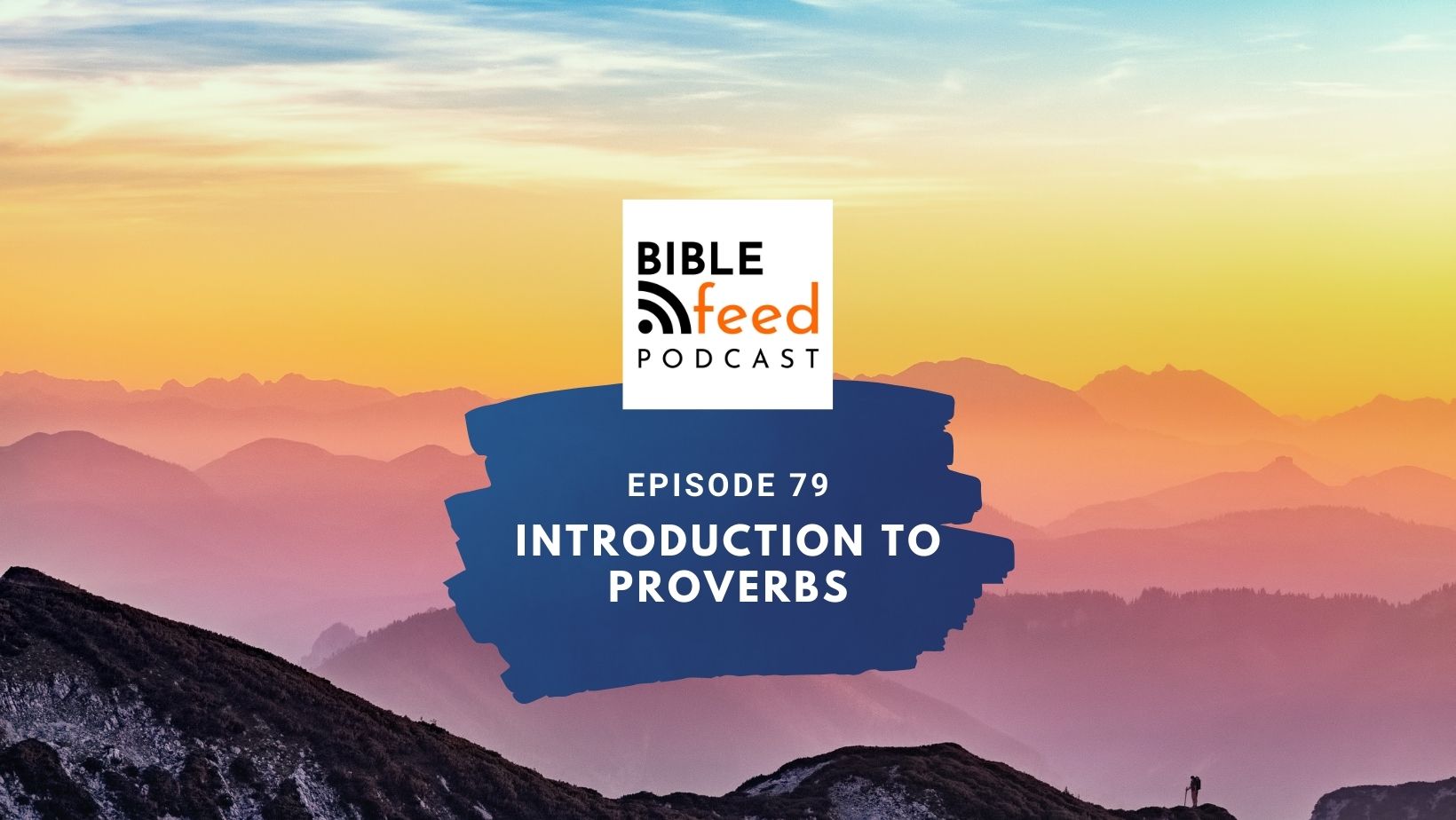Episode 79: Introduction to Proverbs
In today’s episode, Laurence and Paul try to make the book of Proverbs, in the Old Testament, easier to read. They explore the theme of wisdom contained within this unique and sometimes challenging book. By breaking down its seven distinct sections, from fatherly advice to the young, through to reflections at the end of life, they aim to make Proverbs more accessible and meaningful. They also think about how Proverbs relates to other ancient wisdom literature and finish up by testing Laurence on his ability to recognise types of parallelisms!
Show Notes
The podcast episode opens with Laurence and Paul acknowledging that reading the book of Proverbs can actually be quite difficult. It’s not a story with a narrative and often seems like a disconnected jumble of wisdom sayings.
Paul confirms that the book of Proverbs is part of the Bible’s wisdom literature in the Old Testament, alongside Job and Ecclesiastes. Remembering to consider each of these books together can be very useful. Paul explains that Proverbs often has straightforward maxims, while Ecclesiastes and Job provide more complex insights about life and wisdom. And all three books conclude that it is important to “fear the Lord”.
Structure of Proverbs
Paul and Laurence continue by identifying the different sections within this collection of Proverbs. They identify the different styles within the book by playing spot the difference with Proverbs 4 and Proverbs 13. Seven distinct collections within the book of Proverbs are identified, beginning with a collection of Solomon’s proverbs, followed by sections from different periods and perspectives.
The first section is a set of 12 poems of a Father to a son, as well as some poems about personified Wisdom, (e.g. Proverbs 1:20), a female figure who calls out to the reader, urging the reader to take heed. This acts as an introductory section to set up the remainder of the book with the following collections of proverbs.

Egyptian Proverbs?
The remaining sections in the book of Proverbs are other distinct collections of sayings, and they include the “words of the wise” (Proverbs 22:17-21), which are a selection of 30 sayings which have been linked with Egyptian wisdom literature. Paul and Laurence spend some time discussing the similarities between this section of Proverbs and the Instruction of Amenemope, from Egypt. (Make sure you listen to Paul and Laurence attempting to say Amenemope!) Importantly, they identify differences, especially in how the related content in Proverbs points the reader towards a relationship with God.
The final few sections of the book are discussed, including the famous poem of the “virtuous woman” (Proverbs 31:10). The wise woman described is linked directly back to the character of personified wisdom earlier in the book because she is “far more precious than jewels” (Proverbs 31:10, compare Proverbs 3:15).
The parallelism of Hebrew proverbs
Turning to the largest section of the book, (Proverbs 10 to 22:16 – the second section), Paul and Laurence conclude the episode by spending some time looking at the different types of parallelisms used. Hebrew poetry, like in Psalms, is different from English poetry in that it tends to use parallel lines. Sometimes each lines say the same thing twice, but other times they are contrasted. In fact, Paul introduces four different types of proverbs that are used, and then tests Laurence on each one of them!
- Synonymous Parallelism: where each line in the couplet says the same thing, reinforcing the message, (e.g. Proverbs 17:4).
- Antithetic Parallelism: where the second line in the couplet brings out a contrast, (e.g. Proverbs 12:5).
- Emblematic Parallelism: where one line is figurative and then the other provides the literal meaning, (Proverbs 11:22).
- Synthetic Parallelism: where the first line is expanded on or made more developed and advanced by the second line of the couplet, (Proverbs 16:4).
Related content
Previous epsiodes that deal with some of the poetry or wisdom literature:







